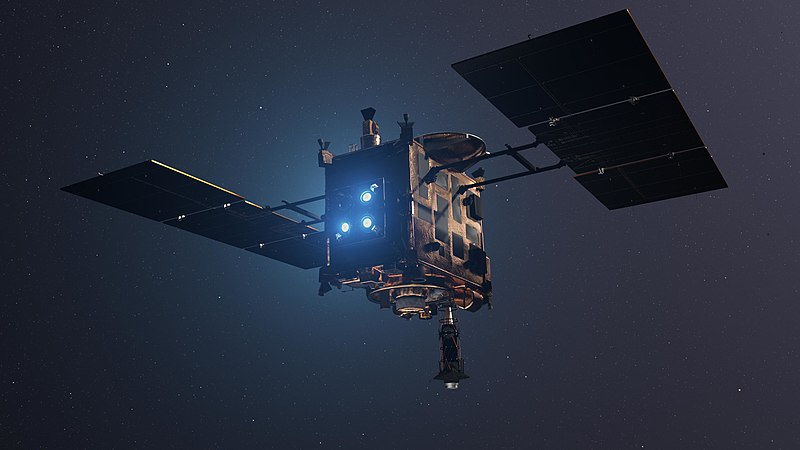News release
From:
Speakers:
- Anthony Murfett is the Deputy Head of the Australian Space Agency
- Professor Masaki Fujimoto is Deputy Director General of the Department of Solar System Sciences at ISAS/JAXA.
- Andrew Seedhouse is Chief of Intelligence, Surveillance and Space Division (ISSD) at DST.
- Dr Ed Kruzins is CSIRO Director of NASA Operations and Canberra Deep Space Communication Complex.
Expert Reaction
These comments have been collated by the Science Media Centre to provide a variety of expert perspectives on this issue. Feel free to use these quotes in your stories. Views expressed are the personal opinions of the experts named. They do not represent the views of the SMC or any other organisation unless specifically stated.
Dr Eleanor Sansom is a Research Associate at Curtin University in Perth
My colleague Dr Hadrien Devillepoix and I are currently stationed in the South Australian outback, eagerly awaiting this special delivery from asteroid Ryugu.
The Desert Fireball Network currently has cameras stationed all the way across Australia taking pictures of bright shooting stars, or fireballs, which help us to predict where a meteorite has landed on Earth - and then we go out and try to find it.
On this occasion, we’re not watching a meteorite fall to Earth, but instead a capsule being dropped from a spacecraft, as it passes by Earth and continues on its scheduled mission.
This is only the second time anyone has ever brought back such a special delivery of pristine, untouched material, directly from an asteroid- an exciting and rare event indeed.
Ryugu is extra special as it is thought to be the type of asteroid that carbonaceous meteorites come from. If Hayabusa-2 samples match these carbonaceous meteorites, they could contain amino acids – the building blocks of life.
Multimedia




 Australia; SA; WA; ACT
Australia; SA; WA; ACT



